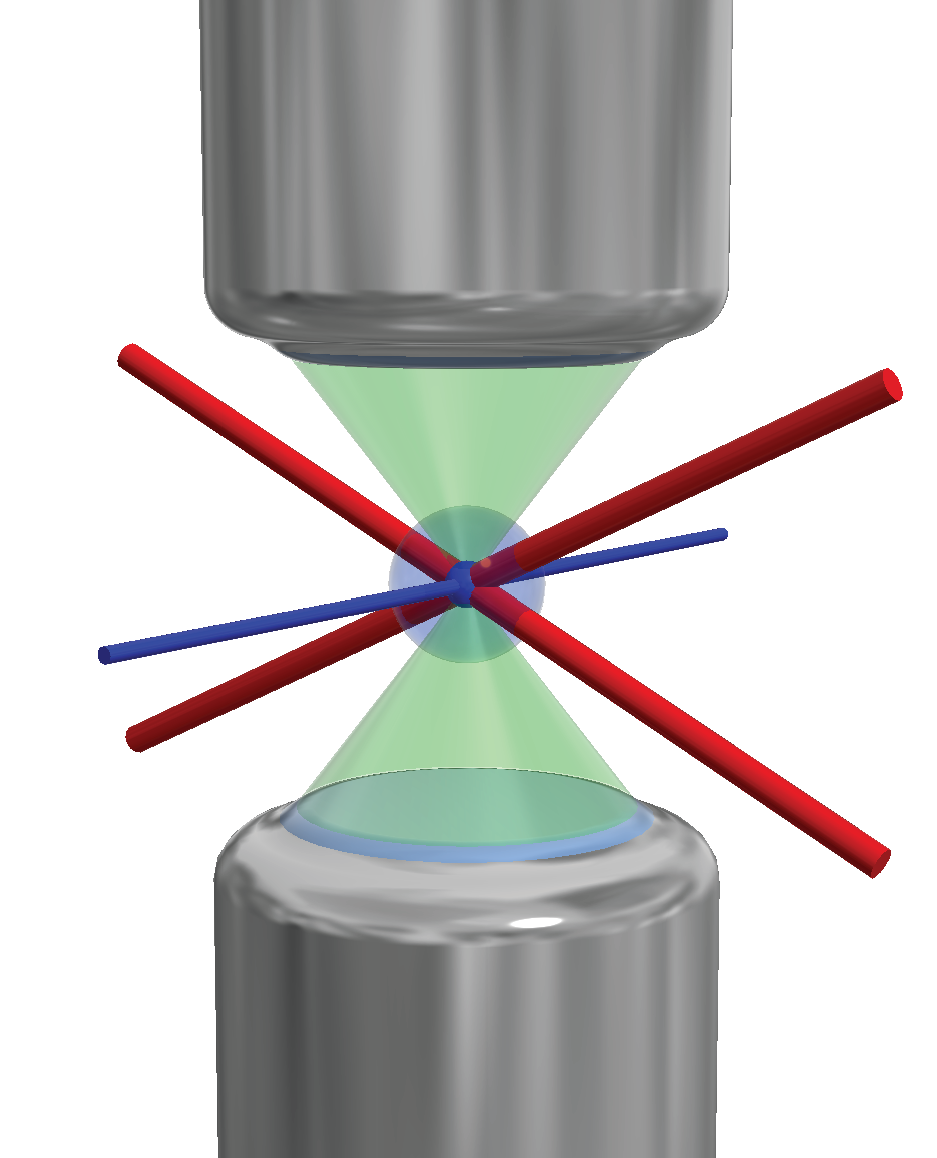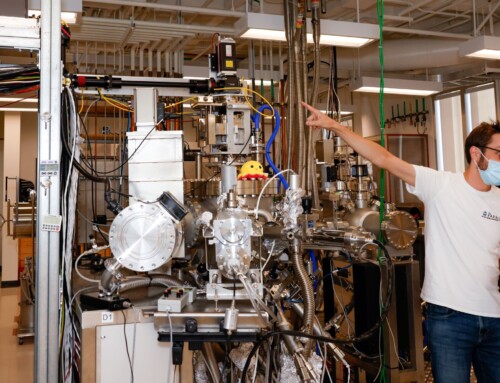Cold atoms trapped in optical tweezers have become a powerful tool for quantum science. However, well-developed trapping techniques have so far been restricted to alkali atoms, which have just a single valence electron. Applying tweezer techniques to the two-valence-electron alkaline-earth atoms, which are used in the most precise atomic clocks, would enable many new experiments in precision metrology and quantum science that have been proposed over the past decade. Here, we lay the groundwork for such future experiments by demonstrating robust imaging and cooling of individual alkaline-earth atoms in optical tweezers.

Tweezer trapping of strontium. [see Figure 1 in the paper for full caption]
This paper was also featured in the Physics Viewpoint Alkaline Atoms Held with Optical Tweezers
New experiments by three separate groups have raised the value of atom systems by demonstrating the trapping of alkaline-earth atoms inside an optical-tweezer array. Alkaline-earth atoms have two outer (or valence) electrons, giving researchers a rich atomic structure to exploit for quantum technology applications.



